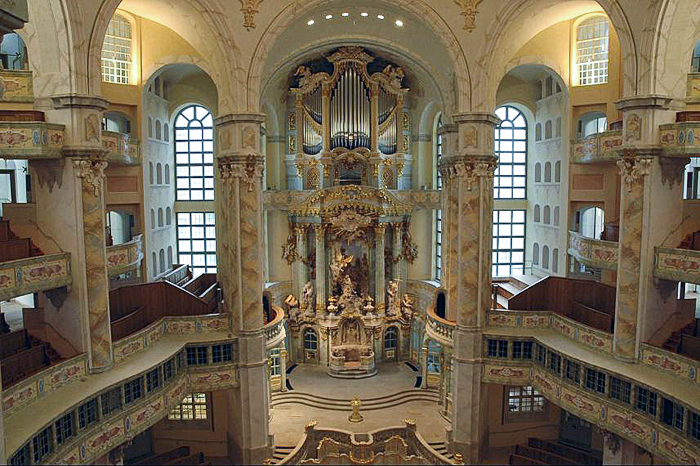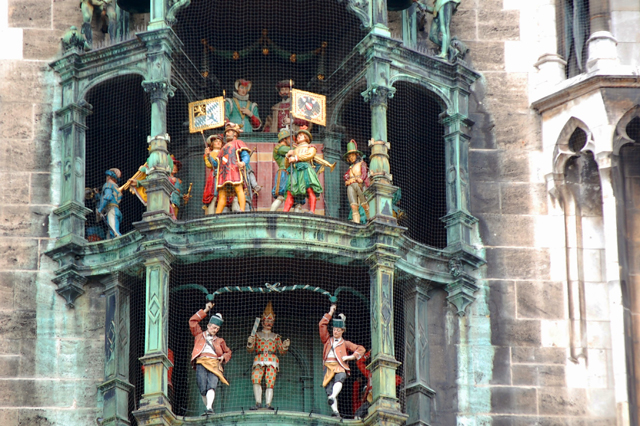 Cushlamocree is of Irish origin, and means "pulse of my heart". Acushla is a Gaelic term of endearment meaning "darling" (literally vein or pulse). Perhaps your parents or grandparents use these words of affection? That would be sweet. Please, please tell me about it! I keep rolling them around in my thoughts this evening. Acushla, such a hushed, soothing sound, cushlamocree.
Cushlamocree is of Irish origin, and means "pulse of my heart". Acushla is a Gaelic term of endearment meaning "darling" (literally vein or pulse). Perhaps your parents or grandparents use these words of affection? That would be sweet. Please, please tell me about it! I keep rolling them around in my thoughts this evening. Acushla, such a hushed, soothing sound, cushlamocree.
The poem I was reading was by Maine poet Frances Wright Turner. How had I come across this obscure poem? My mother had a sweet little book of Turner's children's poetry called Star Dust that she had been given by a teacher in the early 1940's. I was wondering about her other works, and found Cushlamocree online.
Cushlamocree
 Kind of pretty, huh? I think most of the poem is evocative, and then the last two lines are cheesy. I can overlook that though, because of the gift of new words.
Kind of pretty, huh? I think most of the poem is evocative, and then the last two lines are cheesy. I can overlook that though, because of the gift of new words.
Acushla, acushla, my cushlamochree -- these words send my heart in a few directions. Romantic love, sure. But also toward my dearly departed mother, her poems and her loving nature. And toward my children, the sweet toddlers of my memories and the delightful young women they have become. Of Maine and the sense of place, of going home, that I get when I journey northward. And even of the night sky, and the deep feeling of longing that I get when I ponder the vastness of the universe, and I just want to comprehend it.
This picture of the lighthouse and the Milky Way is from the coast of Ireland. It looks very much like the coast of Maine. I had never considered the similarities before. Ireland is on my list of places I want to visit, and now even more so.
Cushlamochree. I can imagine a poet longing for someone, or someplace, or sometime, across that sea of saltwater and stars and years.
I'm calling you -- calling
Acushla, Acushla,
The fog from your island
Grows dank and grows dark;
My voice it must reach you
It seems from the highland,
It fills and flows over
Like song of a lark.
I call you at dawning --
I call you at evening,
My heart calls you always,
My Cushlamochree;
Your smile broke the heart o' me --
Made my life lonely,
I long for you there on
Your isle in the sea.
I'm calling you -- calling,
Forever I'm calling,
But the years lie between us
With sorrow and tears;
The darkness is falling --
Acushla! Acushla!
Oh, smile on me darling,
And turn back the years. Kind of pretty, huh? I think most of the poem is evocative, and then the last two lines are cheesy. I can overlook that though, because of the gift of new words.
Kind of pretty, huh? I think most of the poem is evocative, and then the last two lines are cheesy. I can overlook that though, because of the gift of new words.Acushla, acushla, my cushlamochree -- these words send my heart in a few directions. Romantic love, sure. But also toward my dearly departed mother, her poems and her loving nature. And toward my children, the sweet toddlers of my memories and the delightful young women they have become. Of Maine and the sense of place, of going home, that I get when I journey northward. And even of the night sky, and the deep feeling of longing that I get when I ponder the vastness of the universe, and I just want to comprehend it.
This picture of the lighthouse and the Milky Way is from the coast of Ireland. It looks very much like the coast of Maine. I had never considered the similarities before. Ireland is on my list of places I want to visit, and now even more so.
Cushlamochree. I can imagine a poet longing for someone, or someplace, or sometime, across that sea of saltwater and stars and years.




























